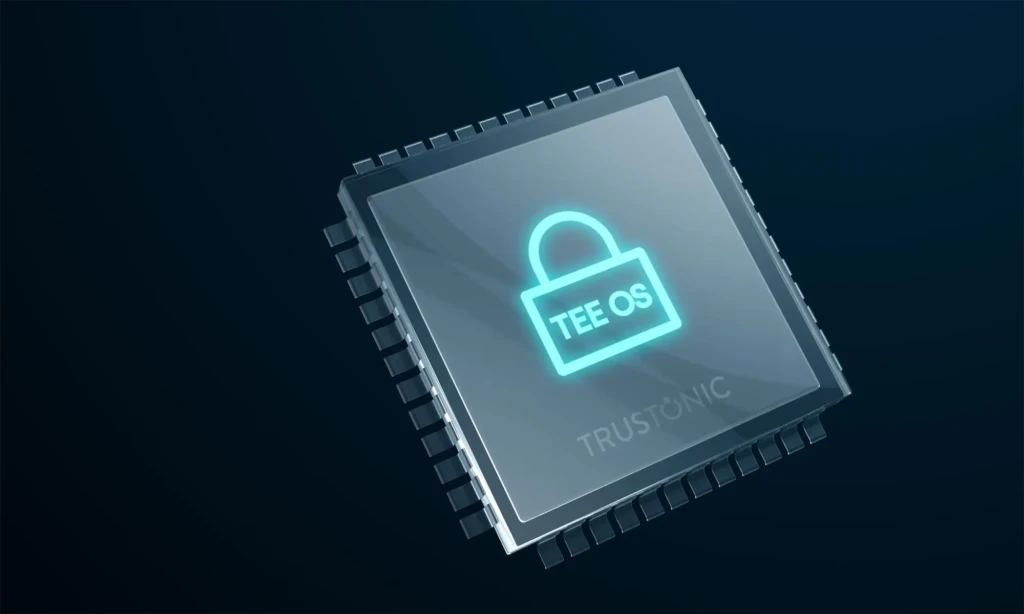What Is TEE in Blockchain?
What is TEE in blockchain, and why is it becoming a cornerstone of decentralized security? A Trusted Execution Environment (TEE) is a secure enclave within a device’s hardware that isolates sensitive computations from the main operating system. In the blockchain world—where privacy, trust, and scalability remain critical—TEEs offer a powerful way to safeguard data, verify smart contracts, and protect cryptographic keys from malicious actors.
This article investigates how TEEs work, why they matter for blockchain adoption, and what challenges remain before the technology reaches mass implementation.
Understanding the Trusted Execution Environment
Hardware-Based Security
A TEE is a protected area inside a processor. It runs code and stores data in a way that even the device’s own operating system or administrator cannot access. Chipmakers such as Intel (with Intel® SGX) and ARM (with TrustZone) pioneered TEEs to protect sensitive tasks like biometric authentication or digital rights management.
When applied to blockchain networks, a TEE ensures that cryptographic keys, transaction data, or smart contract logic can run in an isolated environment, immune to tampering or spying—even if the host machine is compromised.
Why TEE Matters for Blockchain
Blockchain promises trustless systems, but nodes still operate on hardware vulnerable to attacks. By combining blockchain’s distributed consensus with TEE’s hardware isolation, developers can create decentralized applications (dApps) that remain private and verifiable.
Key benefits include:
- Confidential Computing: Sensitive data can be processed off-chain without revealing details to validators.
- Efficient Scalability: Heavy computations can be securely performed off-chain, reducing network congestion.
- Key Management: Private keys remain hidden inside the enclave, reducing risk of theft.
Real-World Applications of TEE in Blockchain
Privacy-Preserving Smart Contracts
Projects like Secret Network and Oasis Protocol integrate TEE to execute smart contracts privately. Instead of revealing all inputs and outputs publicly, the TEE validates the logic without exposing user data.
Secure Oracles and Off-Chain Data
Oracles bring external data into blockchain systems but can be single points of failure. TEE-enhanced oracles, such as those explored by Chainlink and Town Crier, ensure that data feeds remain tamper-proof even before they reach the blockchain.
Enterprise Blockchain Solutions
Financial institutions exploring permissioned blockchains use TEE to comply with privacy regulations while maintaining auditable trails. According to a World Economic Forum report, TEEs are critical for secure multi-party computation across competing businesses.
Technical Challenges and Limitations
Despite its promise, TEE adoption faces significant hurdles:
- Hardware Dependence: TEEs require specific CPU features, creating vendor lock-in.
- Side-Channel Attacks: Researchers have discovered vulnerabilities, such as speculative execution flaws, that can compromise enclaves.
- Centralization Concerns: Relying on hardware manufacturers may conflict with blockchain’s decentralized ethos.
Developers are exploring hybrid approaches, such as combining TEEs with zero-knowledge proofs, to balance performance and trust.
Regulatory and Market Implications
As privacy regulations tighten globally, TEEs could help blockchain projects comply with laws like GDPR while maintaining transparency. Governments are also evaluating TEE-based digital identity systems. For example, the European Union’s Digital Identity Framework highlights confidential computing as a pillar of secure data sharing.
The growing market for confidential computing—expected to exceed $54 billion by 2030, according to industry forecasts—signals strong momentum for TEE-backed blockchain services.
Best Practices for Developers
Developers integrating TEE into blockchain projects should consider:
- Hardware Compatibility: Ensure validator nodes support TEE-capable processors.
- Regular Patching: Apply firmware and microcode updates to mitigate side-channel vulnerabilities.
- Hybrid Cryptography: Combine TEE with advanced cryptographic techniques for layered security.
FAQ: What Is TEE in Blockchain?
What is TEE in blockchain and why is it important?
A Trusted Execution Environment isolates computations and keys from the rest of the system, ensuring secure and private execution of blockchain operations.
How does a TEE protect blockchain data?
It runs code in a hardware-protected enclave, preventing unauthorized access even if the operating system is compromised.
Can TEE replace cryptography in blockchain?
No. TEE complements cryptographic methods by adding a hardware security layer but does not replace encryption or consensus mechanisms.
What are the risks of using TEE in blockchain?
Risks include hardware vulnerabilities, dependence on chip vendors, and potential centralization of trust.
Which blockchains currently use TEE?
Projects like Oasis Network, Secret Network, and enterprise solutions from Hyperledger have explored or integrated TEE technology.
Forward-Looking Conclusion
What is TEE in blockchain if not the bridge between raw decentralization and enterprise-grade security? As confidential computing evolves, TEEs offer a practical path for private smart contracts, secure oracles, and regulated data sharing.
However, widespread adoption will depend on solving hardware vulnerabilities and reducing dependence on specific chipmakers. With ongoing research into hybrid models and cryptographic reinforcement, the next decade could see TEEs become as essential to blockchain as consensus algorithms themselves.

